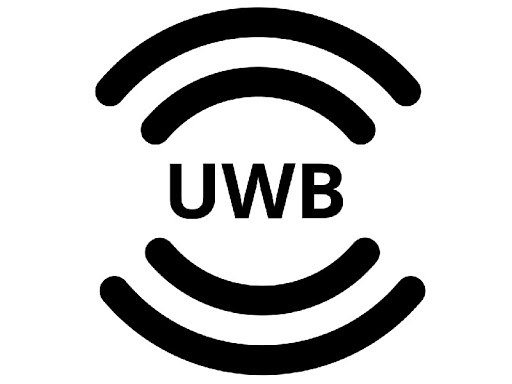No more misunderstandings. Here are some clarifications that can also be useful to many professionals. To understand, for example, that wireline, wireless, fixed and mobile are not mutually exclusive alternatives. And that there is no point in waiting for the question before developing the new networks

Broadband : although there is no unambiguous formal definition, broadband is usually intended as a last mile connection that has a speed greater than 2 Mbit / s and reaches up to a few tens of Mbit / s. Typically they are connections using ADLS or 3G mobile networks.
Ultra-wideband: these are last mile connections that have speeds of over ten Mbit / s, typically from 40-50 upwards. These services are guaranteed by the so-called Next Generation Network (NGN) both fixed and mobile (for example 4G and its evolutions).
3. Speed in Fixed And Mobile Networks
It is often said that fixed connections are not needed because “wireless ones have the same speed, if not higher”. In reality, in order to make a realistic comparison it is necessary to keep in mind the different nature of the concept of speed in the case of wireless and wireline networks.
– In the case of a wireline network (for example fiber) the indicated speed is completely allocated to the single user.
– In the case of a wireless network (4G or Wifi, for example), the speed that is normally declared is that available as a whole to all the devices that are connected to the same antenna. This means that if ten devices (e.g. smartphones) are connected to the same 14.4 Mbit / s 3G HSDPA antenna, each of them will operate in optimal conditions at a speed of about 1.44 Mbit / s, not certainly at the most offered by the antenna! This only happens if there is only one device connected (and close to the antenna).
It is therefore important to realize that wireline, wireless broadband unifi, fixed and mobile do not refer to mutually exclusive alternatives: they define technologies and design choices that must be modulated and integrated according to the needs of users and the traffic estimates that develop for a specific territory.
For more articles, click here.